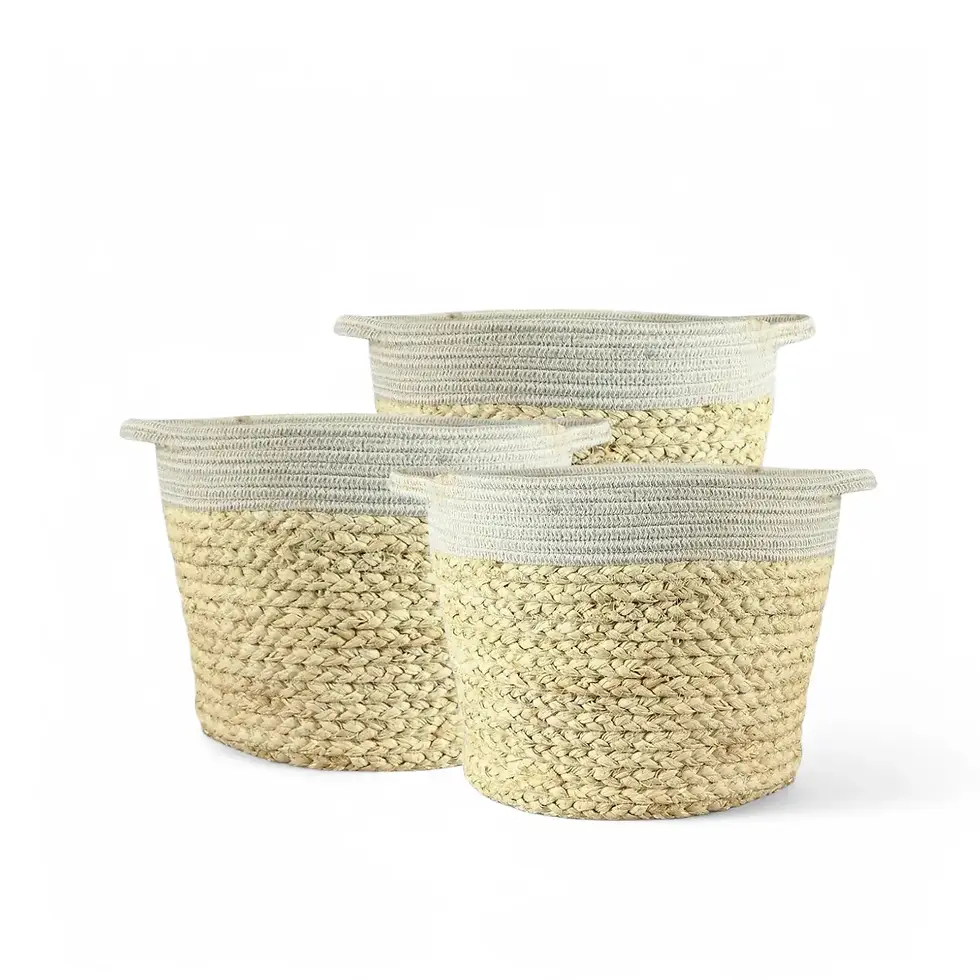Opuntia microdasys var. albispina - Complete Care and Growth Guide
With its clusters of soft-looking white pads, Opuntia microdasys var. albispina is an eye-catching cactus that stands out for its compact, shrubby growth and dense covering of white glochids. Despite its fuzzy appearance, it should not be touched, as the tiny glochids detach easily and can irritate the skin. This nursery-selected cultivar of Opuntia microdasys is a low-maintenance, drought-tolerant plant that thrives in bright light and dry conditions.
Its slow to moderate growth rate makes it ideal for indoor spaces, where it remains compact while developing its unique structure. Over time, mature plants may produce vibrant yellow flowers, followed by red fruits, adding an extra decorative element. Whether as part of a desert-themed arrangement or as a standalone statement piece, this plant is perfect for those looking for a striking, easy-care cactus.
Why Choose Opuntia microdasys var. albispina
- Compact and Clustering - Forms dense, rounded clumps that can spread over 1.5 meters.
- Unique Appearance - White glochids create a soft, fuzzy texture, contrasting with its deep green pads.
- Minimal Care Required - Thrives with little watering and is highly drought-resistant.
- Seasonal Blooms - Produces bright yellow flowers followed by small red fruits.
- Hardy and Resilient - Withstands high temperatures and short cold spells.
- Not Toxic but Irritating - Safe for pets if not ingested, but glochids can cause skin irritation.
Opuntia microdasys var. albispina - Natural Habitat and Growth Details
This variety does not occur naturally in the wild but is a nursery-selected cultivar of Opuntia microdasys, a species native to Mexico. It originates from arid and semi-arid climates, where plants thrive under intense sunlight, high temperatures, and minimal rainfall.
- Climate Conditions: Hot, dry, with low annual rainfall.
- Growth Indoors: Can reach 40 to 60 cm in height, spreading widely over time.
- Growth Habit: Shrubby, clumping cactus with upright-growing pads.
- Growth Rate: Slow to moderate, expanding gradually with age.
- Toxicity: Not toxic, but glochids cause irritation if touched.
Caring for Opuntia microdasys var. albispina
- Light: Prefers full sun. A south-facing window or bright balcony is ideal.
- Water: Water only when soil is completely dry. Overwatering leads to root rot.
- Humidity: Prefers dry air. High humidity can cause fungal issues.
- Temperature: Best kept between 10-35°C. Can tolerate short periods down to -5°C if kept dry.
- Soil and Pot Choice: Use well-draining cactus mix or a blend of sand, perlite, and potting soil. Terracotta pots with drainage holes are recommended.
- Repotting: Repot every 2-3 years to refresh nutrients. Handle with gloves to avoid glochids.
- Fertilizing: Use a low-nitrogen cactus fertilizer once a month in spring and summer. Avoid fertilizing in winter.
- Propagation: Easily propagated from pad cuttings. Allow cuttings to dry for 3-5 days before planting in dry soil.
- Semi-Hydroponics: Not suitable—prefers dry conditions and well-draining soil.
- Pruning: Rarely needed, but overcrowded pads can be removed.
- Placement: Best for windowsills, balconies, and conservatories.
Opuntia microdasys var. albispina - Common Problems and Solutions
- Root Rot: Overwatering is the most common cause. Allow soil to fully dry before watering.
- Pests: Mealybugs, spider mites, and scale insects can appear. Treat with rubbing alcohol, neem oil, or insecticidal soap.
- Fungal Infections: Caused by excessive humidity or overwatering. Ensure good air circulation.
- Sunburn: Too much direct sun in hot summers can cause pads to turn reddish or develop scars. Move to indirect light during peak hours.
- Cold Damage: If exposed to freezing temperatures, pads may shrivel. Keep in a frost-free area during winter.
- Glochid Irritation: If glochids stick to skin, use tweezers and adhesive tape to remove them carefully.
Additional Considerations
- If growing outdoors, protect from excessive rain to prevent root rot.
- Unlike many cacti, it lacks large spines, making it safer around pets and children, but glochids still cause irritation.
- Can adapt to slightly lower light levels, but growth will slow.
- Use thick gloves or tongs when handling to prevent glochid contact.
Etymology - The Meaning Behind the Name
Genus: "Opuntia" - Named after the ancient Greek city of Opus.
Species: "microdasys" - Derived from Greek, meaning "small and hairy," referring to the tiny, fine glochids.
Variety: "albispina" - Meaning "white spines," although they are actually clusters of glochids rather than true spines.
This plant was first described in 1956 by Fobe and Backeberg, while its parent species, Opuntia microdasys, was classified by Pfeiffer in 1837.
Frequently Asked Questions about Opuntia microdasys var. albispina
- How do I get Opuntia microdasys var. albispina to bloom? Provide full sun, minimal water in winter, and a slight temperature drop at night.
- Why are the pads on my Opuntia microdasys var. albispina turning reddish? Often due to excessive sun exposure. Move it to partial shade during peak hours.
- Can I grow Opuntia microdasys var. albispina in a terrarium? No. It requires low humidity and excellent drainage, making terrariums unsuitable.
Shop NowBring home this striking, easy-care cactus today! Order now and enjoy the beauty of Opuntia microdasys var. albispina.
Opuntia microdasys var. albispina
Opuntia microdasys var. albispina is approximately 10 cm tall and comes in a ⌀ 6 cm pot























































